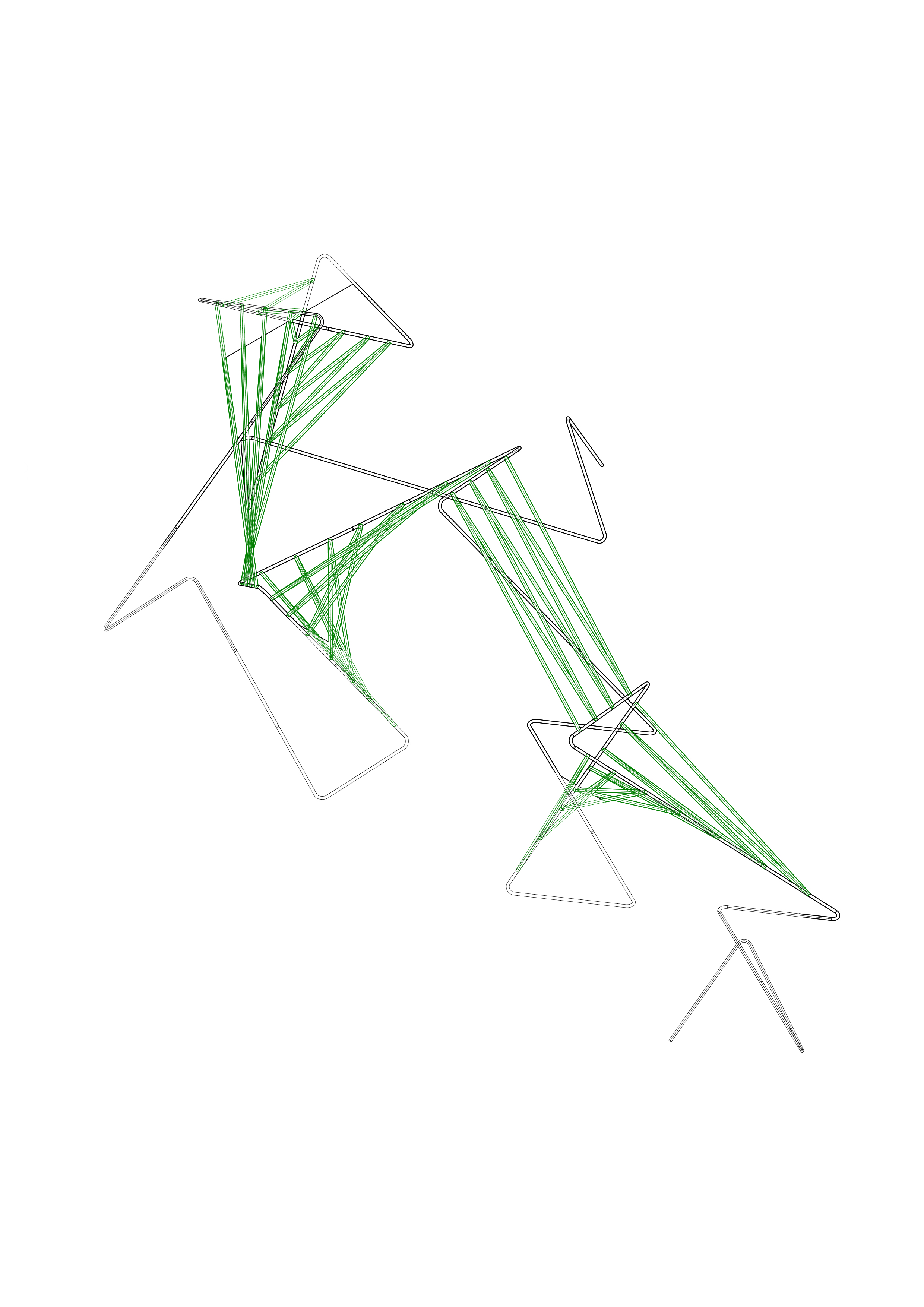What is Photobioreactor?
The term “photobioreactor” is now commonly used in algal bio-technology for closed or semiclosed cultivation systems with no direct contact between the microalgal culture and the atmosphere. Unlike open systems - stirred tanks, raceways or cascades - microalgae culture in photobioreactors is separated from the environment, so culture conditions and contamination can be better controlled and significantly higher harvesting densities and biomass productivity can be achieved as compared to open reservoirs. The irradiance for photosynthetic growth is provided either by the Sun, or artificial light sources.
The illuminated part of the photobioreactor – photostage – can consist, for example, of tubes, columns, or panels, positioned horizontally or vertically, arranged as serpentine loops, or a series of panels, in which a culture of microalgae circulates. Photobioreactors are made of transparent plastic or glass. Due to easy maintenance and operation, photobioreactors for commercial production are usually designed as modules.
The illuminated part of the photobioreactor – photostage – can consist, for example, of tubes, columns, or panels, positioned horizontally or vertically, arranged as serpentine loops, or a series of panels, in which a culture of microalgae circulates. Photobioreactors are made of transparent plastic or glass. Due to easy maintenance and operation, photobioreactors for commercial production are usually designed as modules.



